
IPC: Famine and food insecurity spread in Sudan as humanitarian crisis worsens
Sudan’s humanitarian emergency is worsening amid the country’s ongoing internal conflict, with devastating impacts on food security. The latest Integrated Food Security Phase Classification (IPC) analysis (November 3, 2025) shows that nearly half the population continues to confront high levels of acute food insecurity. Famine (IPC Phase 5) has been confirmed in the cities of El Fasher (North Darfur state) and Kadugli (South Kordofan state), with at least 20 additional localities at risk of famine if violence escalates or humanitarian access continues to be blocked.
Informing Crisis Response in Sudan
The recent resurgence of armed conflicts in Africa is increasing the need and urgency for investments in shock-responsive humanitarian and social assistance programs. Armed conflicts both increase the need for aid and greatly complicate delivery of humanitarian services to vulnerable populations. In addition, humanitarian organizations are facing an increasing funding gap because of dwindling donor aid.
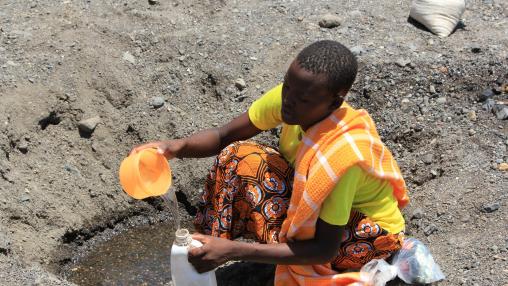
Food and Nutrition Crises Burgeon in Face of Conflict, Funding Cuts: GRFC Mid-Year Update Released
Hunger and food crisis have reached catastrophic levels in multiple places around the world, according to the Global Report on Food Crises Mid-Year Update. Famine has been confirmed in the Gaza Strip and the Sudan, with parts of South Sudan at risk of famine and Yemen, Haiti, and Mali experiencing catastrophic levels of hunger.
In all, 1.4 million people faced IPC Level 5 (Catastrophe) food insecurity and hunger as of August 2025.

Sudan’s war is an economic disaster: Here’s how bad it could get
Since April 2023, Sudan has been engulfed in a devastating war between the Sudanese Armed Forces and the Rapid Support Forces. What began as a struggle for power has turned into a national catastrophe. More than 14 million people have been displaced. Health and education systems have collapsed and food insecurity threatens over half the population of about 50 million.
The war has disrupted key sectors, triggering severe economic contractions, and worsening poverty and unemployment levels.
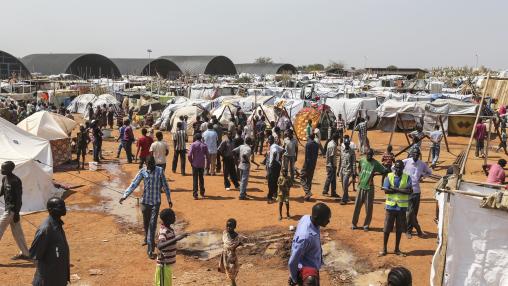
Sudan’s two years of crisis—impact and pathways to recovery and resilience
Sudan has now entered its third year of armed conflict, resulting in economic collapse and a deepening humanitarian crisis. As of April 2025, over 8.6 million people have been internally displaced, and over 3 million have fled to neighboring countries. Famine has been confirmed in 10 areas and internally displaced person (IDP) camps, with 17 others at risk. GDP contracted by 20% in 2023 and 15% in 2024 alongside soaring inflation and widespread food insecurity. The conflict is now among the world’s worst humanitarian crises.
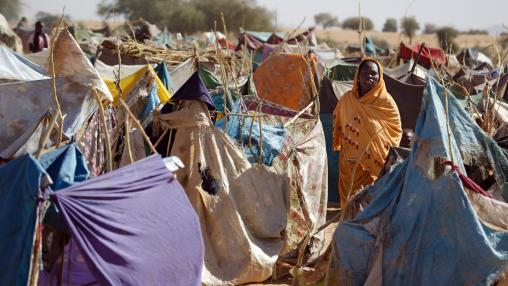
Famine Continues to Spread in Sudan: New IPC Alert Released
As the conflict in Sudan enters its twentieth month, acute food insecurity in the country is spreading rapidly. According to a new alert from the IPC Famine Review Committee, Famine conditions have been identified in five areas of the country, with an additional five areas expected to face Famine between December 2024 and March 2025. As many as 17 additional areas are at risk of Famine, and half the country’s population—24.6 million people—is currently experiencing high levels of acute food insecurity.
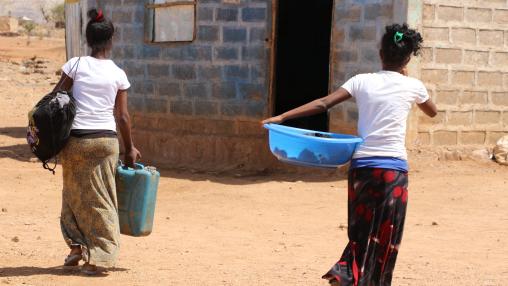
Millions Face Rising Acute Food Insecurity, According to New FAO-WFP Report
Millions of people across 22 countries and territories may be pushed into acute food insecurity by May 2025, according to the latest FAO-WFP Hunger Hotspots Report. Ongoing and increasing conflict in many areas of the world, along with economic hardships and extreme weather caused by climate change and the La Niña phenomenon, are behind this significant increase in both the magnitude and the severity of acute food insecurity.
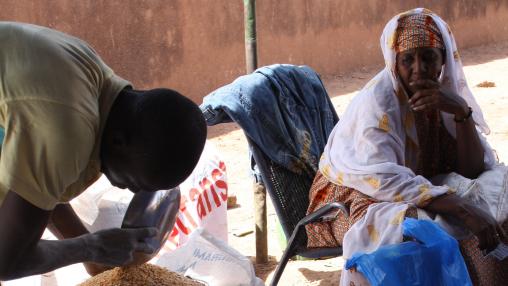
SSA Continues to Face Increasing Acute Food Insecurity: 2024 GRFC Mid-Year Update Released
Africa south of the Sahara has continued to face alarmingly high levels of acute food insecurity in 2024, according to the Global Report on Food Crises (GRFC) Mid-Year Update. This includes populations in IPC Phase 5 (Catastrophe) food insecurity in Sudan, South Sudan, and Mali, with famine plausible in some areas of Sudan.
As in previous years and reported in the April release of the GRFC, conflict, extreme weather events, economic shocks, and forced displacement of large populations have driven worsening food and nutrition security outcomes across the continent.
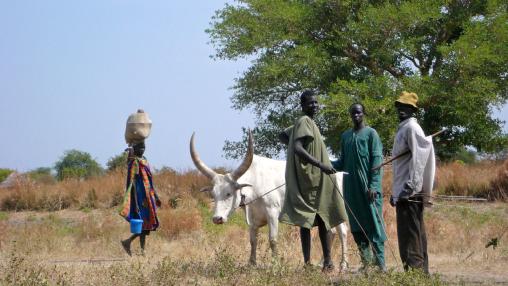
Sudan’s catastrophe: farmers could offer quick post-war recovery, if peace is found
More than a year of conflict between the Sudanese Armed Forces and the Rapid Support Forces has weakened the country’s fragile economy. This is in addition to triggering a humanitarian crisis, loss of lives, property destruction and income disruptions.
Even before the current conflict, Sudan ranked among the poorest countries in the world. The proportion of those without access to basic necessities such as education, healthcare and proper living conditions was estimated at 52.3% of the population.
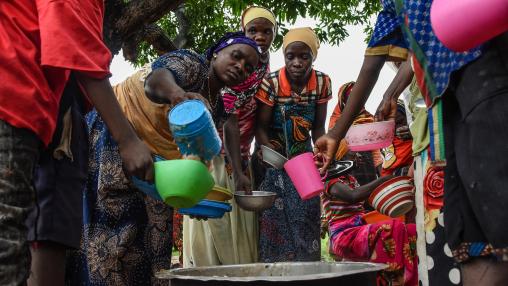
Famine Plausible in Parts of Sudan, According to IPC Famine Review Committee
Areas of North Darfur, Sudan are very likely facing famine conditions, according to a new report from the Famine Review Committee (FRC) of the Integrated Food Security Phase Classification (IPC). The committee’s findings come after careful plausibility review of recent IPC analysis by FEWS Net and the Sudan IPC Technical Working Group.
IPC defines famine conditions as “. . . when at least one in five (or 20 percent) people or households have an extreme lack of food and face starvation and destitution, resulting in extremely critical levels of acute malnutrition and death.”